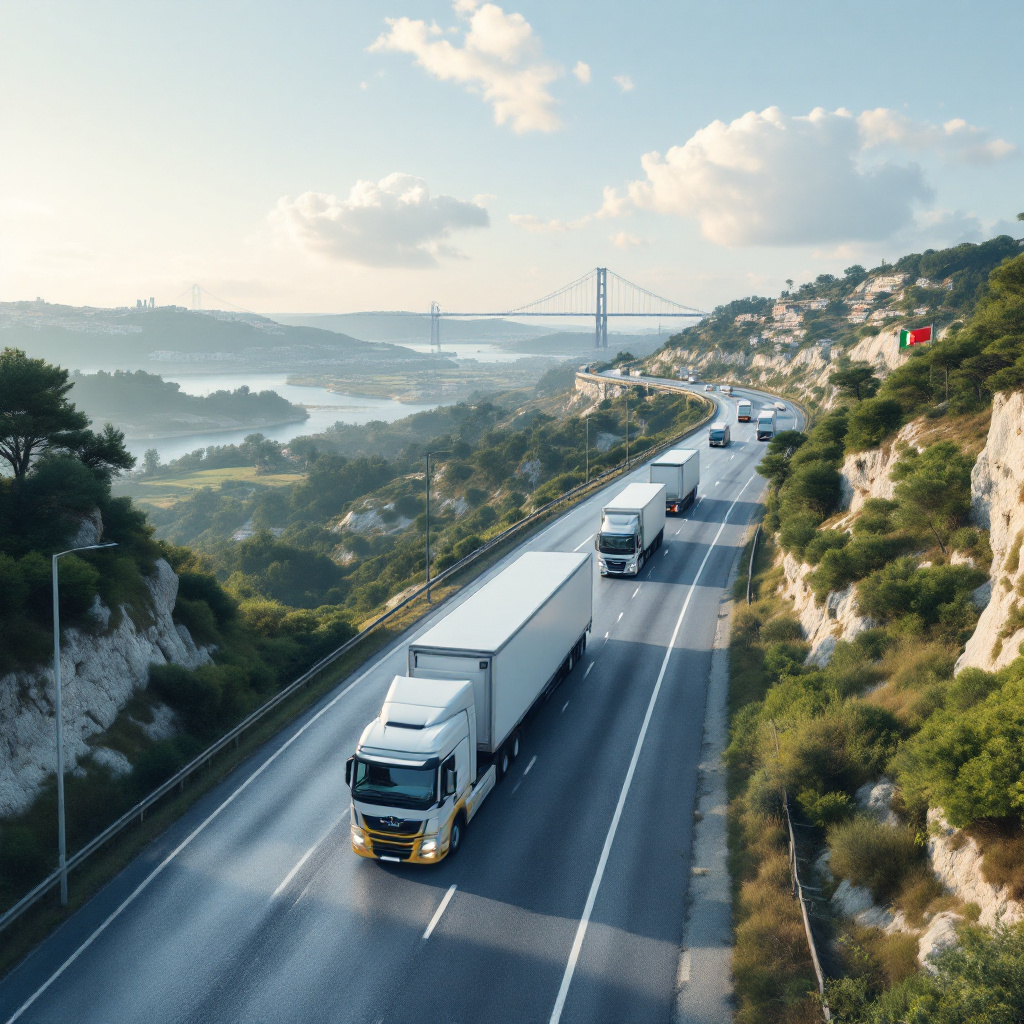The Porto – Bragança route is a vital transport corridor in northern Portugal, facilitating the movement of goods and resources within the country. Spanning approximately 200 kilometers, this route connects Porto, The Porto – Bragança route is a vital transport corridor in northern Portugal, facilitating the movement of goods and resources within the country. Spanning approximately 200 kilometers, this route connects Porto, a major industrial and economic hub, to Bragança, a key center for agriculture and regional trade. With an average driving time of about 2.5 hours, the Porto – Bragança route plays an essential role in supporting internal logistics and fostering economic connections between urban and rural areas. Moreover, it enables efficient integration between these regions, enhancing trade opportunities.
Description of the Cities
Porto is Portugal’s second-largest city and a critical hub for manufacturing, commerce, and exports. The city’s industries include textiles, automotive components, and wine production. Furthermore, the Port of Leixões serves as a significant gateway for international trade, strengthening its economic position.
Bragança is located in the Trás-os-Montes region, known for its agricultural output and traditional industries. This city acts as a logistics hub for distributing local products such as olive oil, chestnuts, and cured meats. Additionally, it caters to both domestic and international markets, fostering regional economic growth.
Main Transport Routes
The connection between Porto and Bragança is supported by well-maintained infrastructure. Notably, the following routes are essential:
- A4 Highway: This primary route links the two cities and offers a fast and efficient connection for freight transportation.
- IP4: An older route provides alternative access to smaller towns and rural areas. It is frequently used for local deliveries, ensuring accessibility for all regions.
Key Goods Transported on the Porto – Bragança Route
1. Agricultural Products
The Trás-os-Montes region is renowned for its agricultural diversity. Goods such as olive oil, honey, and chestnuts are regularly transported from Bragança to Porto. These products undergo processing, distribution, or export, ensuring their presence in both local and global markets.
2. Industrial Goods
Porto’s industrial sector supplies machinery, tools, and construction materials to Bragança. This exchange supports the development of local industries and infrastructure, ensuring sustained growth.
3. Specialty Regional Products
Cured meats, cheeses, and artisanal goods produced in Bragança are frequently transported along this route. Consequently, these goods contribute to promoting Portuguese culinary traditions and enhancing the region’s cultural identity.
Logistics and Infrastructure Features
1. Highway Efficiency
The A4 highway boasts modern interchanges, service areas, and fuel stations. These features ensure smooth freight operations. Additionally, its direct route minimizes transit times, enhancing reliability for logistics providers.
2. Rural Accessibility
The IP4 offers essential connections to smaller towns and agricultural zones. This access facilitates the movement of goods from remote areas to larger markets, supporting regional inclusion.
3. Sustainability Initiatives
Logistics companies are increasingly adopting eco-friendly vehicles and implementing route optimization technologies. As a result, these measures reduce the environmental impact of logistics along the Porto – Bragança route.
The Porto – Bragança Route: Economic Importance
The Porto – Bragança route is crucial for integrating urban and rural economies. It supports the export of Trás-os-Montes’ agricultural products while ensuring that Bragança’s local markets receive essential industrial goods from Porto. This bidirectional flow strengthens regional ties and enhances Portugal’s internal trade network. Moreover, it provides a reliable infrastructure for domestic commerce and ensures balanced economic development.
Conclusion
The Porto – Bragança route exemplifies the importance of efficient domestic transportation in supporting economic growth and regional connectivity. Its modern infrastructure, combined with its role in promoting local products and industries, makes it a cornerstone of northern Portugal’s logistics network. Furthermore, as sustainability measures and technological advancements evolve, this route will remain a critical asset for both urban centers and rural communities.


